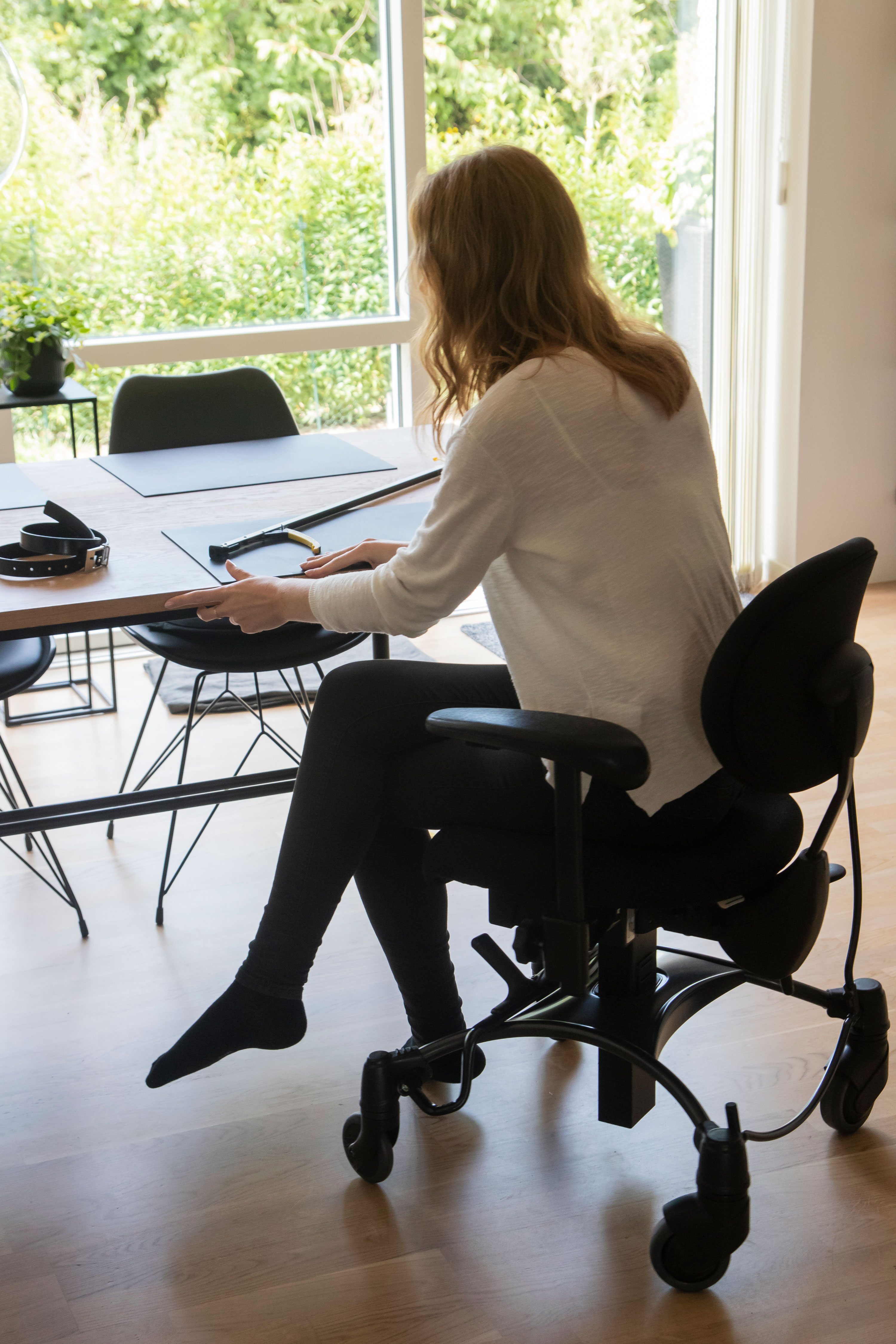The Inclusive Workplace: A Toolbox
There are enormous societal benefits to the inclusive workplace: more people can enter the workforce, skills and abilities can be put to use and more people can work for longer, leading to a sustainable working life. This will help businesses to become more competitive and individuals to support themselves and self-actualise. Universal design is an important element of creating an inclusive working life. At workplaces characterised by universal design, the physical and psychosocial work environments interact with recruitment, skills provision and work organisation. Among other things, this is a matter of creating flexible work environments, benefiting from the diversity of the workforce and developing long-term, sustainable solutions. Universally designed workplaces are a prerequisite for more people to be able to use the products and services used in working life. The concept and demands of universal design are set out in a number of international documents and standards, the most important of which is the United Nations Convention on the Rights of Persons with Disabilities, which states that products, environments, programmes and services should, to the greatest possible extent, be accessible to all without the need for adaptation or special design. The European Union has issued a number of directives concerning working life, while each Nordic country has its own laws and regulations, such as work environment, discrimination and building legislation. A considerable responsibility for compliance and implementation rests with managers and supervisors in the workplace.
Universal design in working life encompasses several factors: the physical work environment, digital tools and access to services and procedures related to the workplace. The Inclusive Workplace: A Toolbox largely focuses on digital tools and information and communication technology.
Barriers
People with disabilities will come across various barriers in working life. These include obstacles in the physical work environment, a lack of workplace adaption and negative attitudes from employers. One common problem is that systems used in working life, such as intranets and administrative software, are often inaccessible, meaning that people with disabilities may be less productive than colleagues. Another obstacle is presented when assistive technology such as screen readers are incompatible with software or cannot be connected to the equipment used in the workplace.

Photo: iStock
Tools
Important tools for an inclusive workplace:
- Digitisation and technology: While digitisation and technology can contribute to making working life more inclusive, this presupposes that the tools in question are accessible to and can be used by everyone and that there is adequate training and support for the individual employee.
- Public procurement: Including requirements for accessibility and universal design in tender documentation for goods and services reduces the need for special adaption. There are a number of national and international standards and guidelines that can be used in procurement processes. It is important to involve users throughout the process.
- Recruitment: A recruitment and appointment policy and action plan is a vital tool for achieving an inclusive workplace, as are recruitment systems and job interviews. Checklists can be useful to inventory flaws.
- Physical work environment: There are many different components to an accessible physical work environment, from the entrance to the workplace to ergonomics. Precise requirements differ depending on national legislation and regulation and international standards.
- Skills development: In an era when working life is changing more rapidly than ever, training and continuous professional development are essential for all employees. This is also a prerequisite for having the opportunity to pursue a career like others.
- Communication: Accessible internal and external communication should be based on the diversity of the workforce.
- Implementation of assistive technology: Assistive technology is an important tool and if it is to work it requires systematic work involving various competences, such as those using the aids. One important aspect is the interaction and interconnection of assistive technology with the information and communication technology used in working life.
The toolbox includes a great deal of advice and tips on each area regarding how to work strategically to achieve the goal of an inclusive workplace, as well as links to in-depth information.